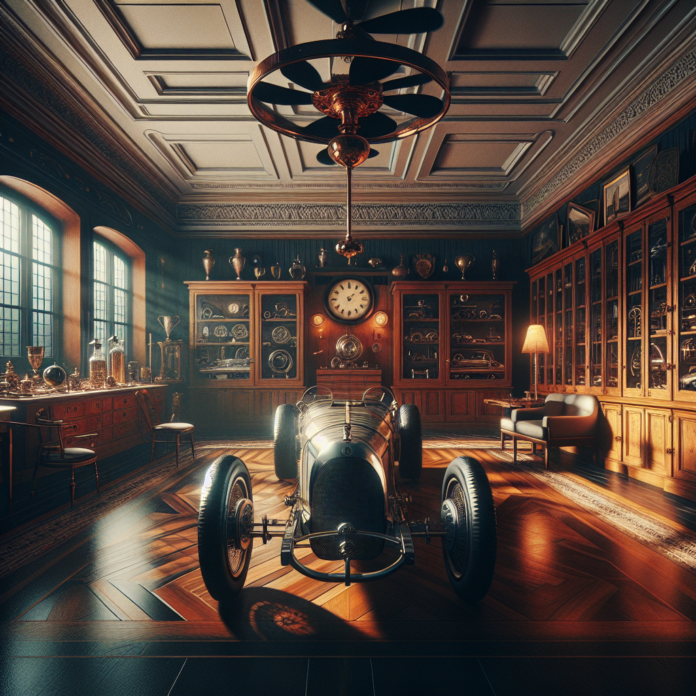
A Deep Dive into the History and Evolution of Ferrari’s Most Iconic Models
From the roar of the engine to the sleek, sculptural lines that slice through the air, Ferrari stands as a symbol of luxury, performance, and aesthetic beauty. This article explores the storied past and dynamic evolution of Ferrari’s most iconic models, tracing how this illustrious brand has become a cornerstone of automotive excellence and cultural prestige.
- The Beginnings: Enzo Ferrari’s Vision
- Iconic Models That Defined Generations
- The Evolution of Ferrari Design and Technology
- Ferrari’s Impact on Culture and Motorsports
- Ferrari in the Modern Era: Innovations and Future Directions
- Concluding Reflections on Ferrari’s Legacy
The Beginnings: Enzo Ferrari’s Vision
Founded by Enzo Ferrari in 1939, and with its first car built in 1940, Ferrari’s story began in Maranello, Italy. Enzo’s passion for racing birthed a brand that has been synonymous with speed, luxury, and automotive innovation. The Ferrari 125 S, the very first Ferrari, debuted in 1947, setting a precedent for excellence that would define the brand for decades to come.
Iconic Models That Defined Generations
- Ferrari 250 GTO (1962) – Revered as one of the greatest Ferraris of all time, the 250 GTO became legendary for its aesthetics and performance in competitive racing.
- Ferrari Daytona (1968) – Officially known as the Ferrari 365 GTB/4, the Daytona emerged as a powerful road car that could reach speeds up to 174 mph, a marvel in its time.
- Ferrari Testarossa (1984) – Known for its dramatic side strakes and wide stance, the Testarossa became an icon of 1980s design and featured in numerous cultural references.
The Evolution of Ferrari Design and Technology
Throughout its history, Ferrari has been at the forefront of automotive design and technology. The introduction of the Ferrari F40 in 1987 marked a significant technological advancement with its use of lightweight materials and a turbocharged engine. Following this, the Ferrari 458 Italia showcased the company’s shift towards more aerodynamic designs and advanced onboard technology, setting new standards for performance and driver experience.
Ferrari’s Impact on Culture and Motorsports
Ferrari’s influence extends far beyond the racetrack. Its vehicles have become symbols of status, luxury, and technological aspiration. The brand has been featured in countless films, and its prancing horse logo is universally recognized. In motorsports, Ferrari’s legacy is profound, holding the most championships in Formula One and continuing to be a dominant presence in racing.
Ferrari in the Modern Era: Innovations and Future Directions
Today, Ferrari continues to innovate with models like the Ferrari SF90 Stradale, a hybrid supercar that points to the brand’s future in combining extreme performance with new, sustainable technologies. As Ferrari moves towards electrification, the essence of luxury and performance remains at the heart of its brand identity.
Concluding Reflections on Ferrari’s Legacy
The journey of Ferrari is one of relentless pursuit of excellence, a testament to Enzo Ferrari’s initial vision. Each model not only pushes the boundaries of automotive design and performance but also embodies a piece of cultural history, representing a blend of artistry, technology, and passion. As we look to the future, Ferrari’s commitment to innovation and luxury ensures that it will continue to occupy the pinnacle of automotive excellence.
For further exploration of Ferrari’s rich history and its impact on the automotive world, visit the official Ferrari website.
